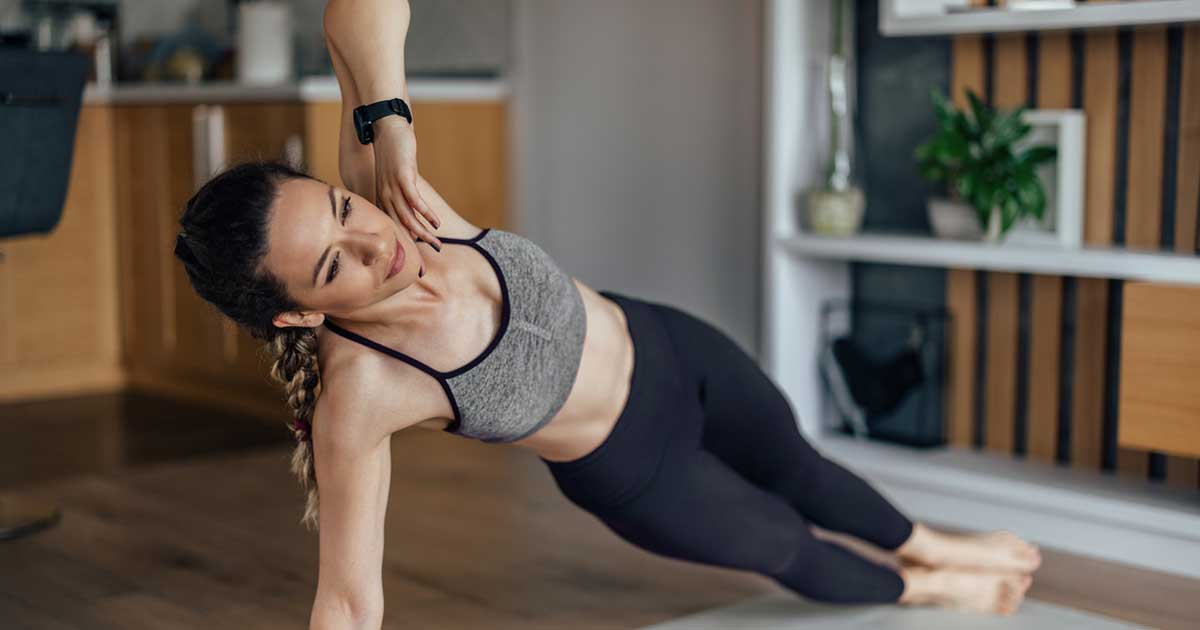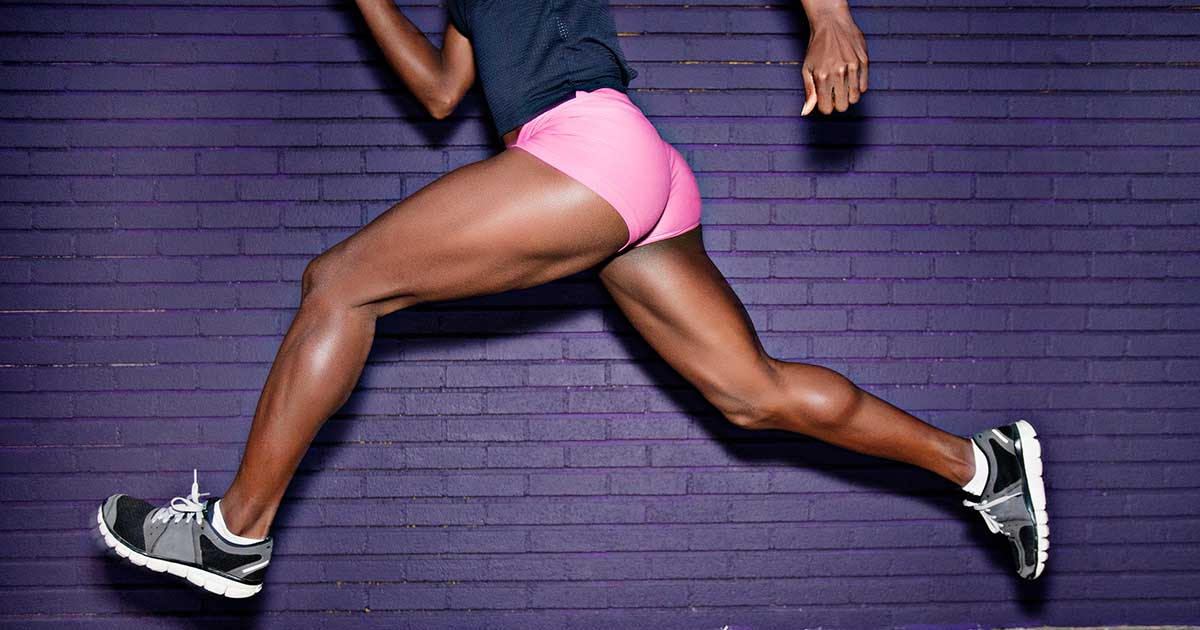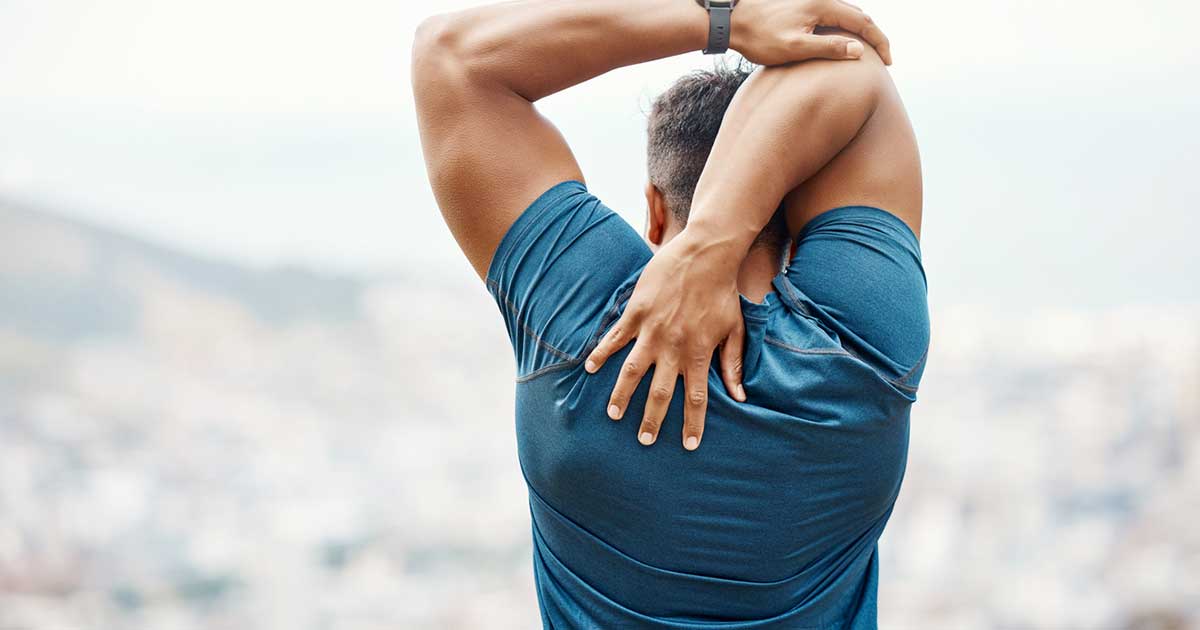Arm Muscle Anatomy: Meet the Muscles of the Arm
Advice to improve your movement, fitness, and overall health from the world's #1 in orthopedics.
Maintaining your arm muscles is about more than flexing impressive biceps. While the arm muscles, such as the biceps and triceps, are important for positioning your arm and hand, weight bearing, and pushing and pulling, they’re also essential for some of the crucial tasks of daily life, such as self-hygiene and feeding.

“The primary use [of arm muscles], more than anything, is to place the hand where we need it,” says physical therapist Nick Maroldi PT, DPT, OCS, CHT, of the Hand and Upper Extremity Therapy Center at HSS.
The muscles of the arms
Skeletal muscles—those attached to your bones by tendons—make up about a third of the human body. They are voluntary muscles (we control how they work) and perform a range of functions and movements throughout the body. (This makes them distinct from smooth muscles, which are involuntary, and cardiac muscles, which are specific to the heart.) There are some 650 skeletal muscles given Latin names according to their location, size and shape, and action. The biceps brachii, for instance, is a two-headed muscle (bi) of the arm (brachii).
The main skeletal muscles of the arms are:
- Biceps brachii. When you hold your arm out to the side with your palm up, the biceps is the muscle that sits on the top of your upper arm. This large muscle is responsible for bending your elbow and turning your palm up, meaning it’s critical to your ability to perform tasks like hand feeding.
- Triceps brachii. When you hold your arm out to the side with your palm up, the triceps is the muscle that sits at the bottom of your upper arm. The triceps has three muscle heads that work in unison to straighten the arm. This elbow extension is key to performing activities that require pushing and pulling; the triceps also allows you to bear weight on your hands, wrists, and arms.
- Flexors. The human forearm is packed with 19 sinewy muscles; eight of them are flexors. These muscles are responsible for bending your arms, wrists, and hands.
- Extensors. The other 11 muscles in the forearm are extensors, which handle extension.
Avoiding injuries to the arms
When a muscle is overused—whether by too much repetitive movement or too much force or resistance—it’s prone to straining. A muscle strain is a pulled muscle. Muscles are made up of fibers that can get stretched or torn. A muscle strain is categorized by how much the muscle stretches or tears. The three grades of muscle strains are:
- Grade 1 (mild)—A small number of muscle fibers have torn, causing pain and tenderness the day after exercise.
- Grade 2 (moderate)—About half of the muscle fibers are torn, causing significant pain and swelling with weakness after activity.
- Grade 3 (severe)—The complete rupture of the muscle, causing severe pain and swelling with complete loss of strength.
Tendonitis is a common muscle-related arm injury. It occurs when a tendon—the connective tissue attaching muscle to bone—becomes strained from stress, force, or overuse. Tendonitis is often caused by poor wrist positioning during repetitive activities that require gripping or heavy lifting. The poor wrist positioning puts excessive strain on the tendon, causing it to pull on the outer layer of bone and become inflamed.
Types of tendonitis include:
- Lateral epicondylitis. Commonly known as tennis elbow, lateral epicondylitis occurs when the extensors of the forearm become strained.
- Medial epicondylitis. Also referred to as golfer’s elbow, medial epicondylitis is caused by strained flexors. (Note: It’s not only tennis players and golfers who experience these types of tendonitis. Other activities, including long bouts of typing with poor wrist positioning, can also lead to tendonitis.)
- Biceps tendonitis. This muscle injury is caused by repetitive stress on the elbow. It can occur when your arm is straightened against resistance, such as when you catch something heavy. Rock climbers sometimes deal with this injury.
When to see a doctor for a muscle strain
You can treat a mild muscle strain at home. If you felt a severe popping sensation or heard a popping noise when the muscle strain occurred, that's a sign you should see a doctor. Contact your doctor if you have significant pain or do not see improvement in your muscle strain after 2 to 3 weeks.
How to keep your arm muscles stretched and strong
Well-known arm exercises, such as biceps curls and triceps extensions, are simple movements that can help keep your muscles in shape. Even workouts like bench presses can build strength in your upper extremities. But, Maroldi says, the key to avoiding arm injury when performing any exercise is to use proper wrist positioning and to refrain from over-gripping. “You can compromise everything if you’re not keeping your wrist and hand stable or if you're over-gripping a weight,” he says.
For proper wrist positioning: A neutral wrist has a slight extension, about 20 degrees, Maroldi says. This position offers the most efficient finger functioning. (If your wrist is flexed, or bent, your finger flexors must work much harder and risk strain.) Maintain this proper wrist position throughout the entire exercise. This means no wrist curling at the end of a biceps curl, Maroldi says.
To avoid over-gripping: When you’re holding a weight, handle it the way you would the steering wheel during a relaxed drive in the country—not the way you might white-knuckle it during rush hour on FDR Drive. “That can create problems,” Maroldi says.
Published 4/16/2024





